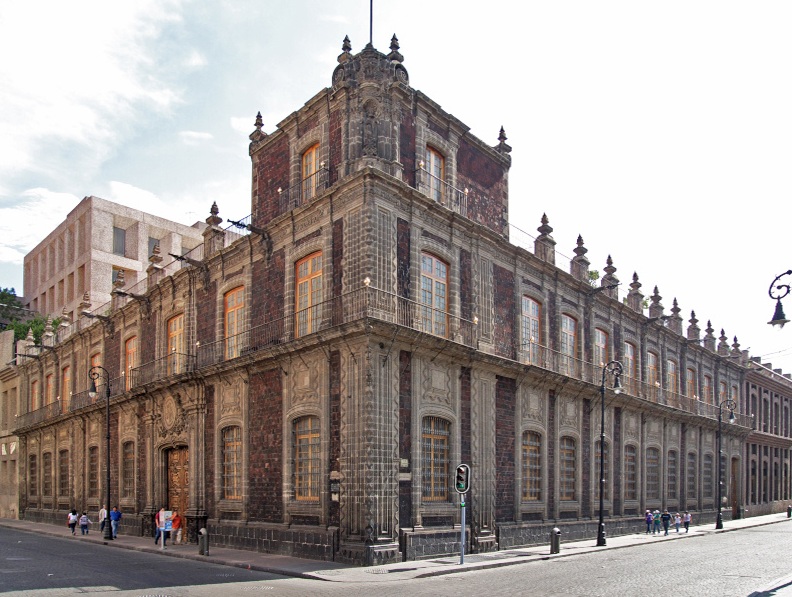
At the corner of Isabel la Católica and Venustiano Carranza in the Historic Center, the Palace of the Counts of San Mateo de Valparaíso is one of those treasures many long-time Mexico City residents simply overlook. In a lush Baroque style, the building is covered in tezontle, and is largely in the same state as it was during the 18th-century, when it was so painstakingly engineered.
The Foro Valparaíso Museum was opened by Citibanamex on the 135th anniversary of the National Bank of Mexico. Today, its 14 galleries exhibit 117 works from important private institutional collections in the country, focusing almost exclusively on Mexican artists and themes. The exhibition tells a history of Mexico, with paintings that rival and complement those exhibited by the main public art museums in the city. The collection includes works by artists such as David Alfaro Siqueiros, Frida Kahlo, Diego Rivera, Remedios Varo, José María Velasco, Leonora Carrington, Julio Ruelas, José Clemente Orozco, María Izquierdo and Eulalia Lucio, among other legendaries.
Granted by Hernán Cortés to Alonso Nortes in the 1500s, the land was later sold to Juan Cermeño. Cermeño later erected what is historically described as a “fortress-like” house on the site using pre-conquest materials. The property then passed to the Countess of San Mateo de Valparaíso. With her husband, the Marquis del Jaral, Don Miguel de Berrio y Zaldívar Guerrero y Torres, a magnificent palace was built. The architect Francisco Antonio de Guerrero y Torres was contracted. Construction began on December 5, 1769 and the project was completed on May 9, 1772.
Completely remodeled according to the tastes and demands of the Count and Countess, the building is considered an example of Mexican-style Baroque architecture. Building materials include gray chiluca masonry used as part of the structural elements. Classic Mexico City tezontle covers the facade and tile came from the famous Talavera shop in Puebla. The corner tower contains an angular niche to project an image of the Guadalupana flanked by Salomónico columns.
It stands out among 18th-century buildings for three exceptional architectural features: a 17-meter arch without apparent support, the internal facades of the house and, above all, the extraordinary double helical staircase, unique in the Americas and in the West.
The Palace of the Counts of San Mateo de Valparaíso was occupied as a residence for more than 100 years. The builders’ descendants remained there until 1867 when the estate was awarded to Don Clemente Sanz. His daughter, Dolores Sanz de Lavié, sold it for 135,000 pesos in 1882, to the newly founded Mexican National Bank. The bank, however, merged with the Mexican Mercantile Bank in 1884, and the resulting National Bank of Mexico has been the owner ever since. Declared an Artistic Monument on February 25, 1932, the building was opened to the public in 2010.
Hours: Tuesday through Sunday, 10 a.m. to 6 p.m.

Nearest at 0.13 kms.

Nearest at 0.13 kms.

Nearest at 0.13 kms.
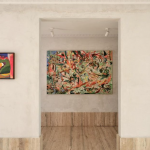
A newly created space for an outstanding collection of postwar abstract works by women artists . . .
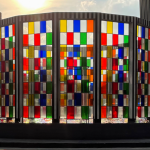
An impressive contemporary art museum in an inspiring context . . .
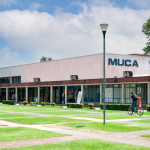
One of the UNAM's best loved and most central art museums . . .

The National Art Museum in Mexico City's Centro Histórico is always going to be a holiday highlight.
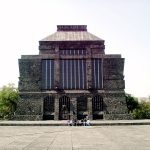
Initially intended as but one part of a City of the Arts, today's Anahuacalli Museum is a far more contemporary space than you might imagine.